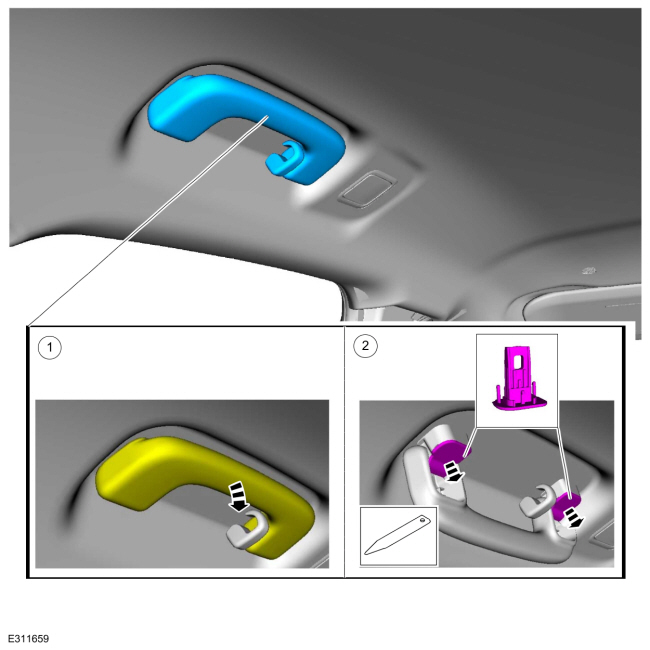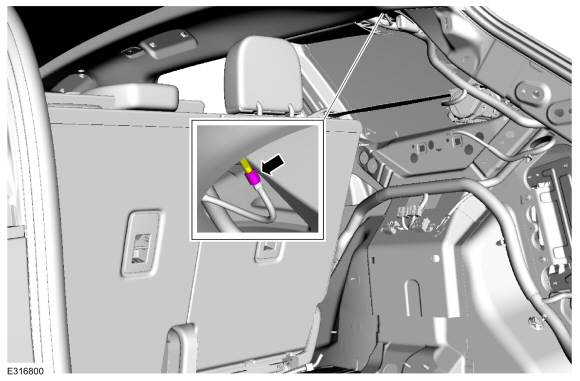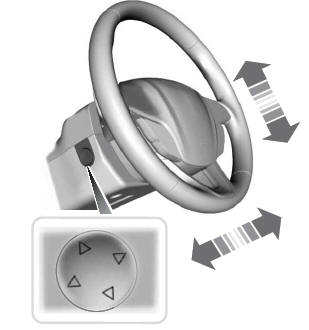Lincoln Corsair: Rear Suspension / Removal and Installation - Upper Arm
Special Tool(s) / General Equipment
| Vehicle/Axle Stands |
Removal
NOTE: Removal steps in this procedure may contain installation details.
-
Remove the wheel and tire.
Refer to: Wheel and Tire (204-04A Wheels and Tires, Removal and Installation).
-
NOTICE: Make sure that the insulator pads are correctly positioned to prevent direct contact with other components.
Raise the suspension to curb height.
Use the General Equipment: Vehicle/Axle Stands
 |
-
NOTICE: Tighten the suspension fasteners with the weight of the vehicle on the wheels and tires or use a suitable jack to raise the suspension to curb height or damage to the bushings may occur.
NOTE: Only tighten the nuts and bolts when the suspension is in the normal drive position.
-
NOTE: Make sure that a new bolt is installed.
Remove and discard the upper arm-to-wheel knuckle bolt.
Torque:
Stage 1: 98 lb.ft (133 Nm)
Stage 2: 120°
-
NOTE: Make sure that the new bolt and nut are installed.
Remove and discard the upper arm-to-frame bolt and nut.
Torque:
Stage 1: 159 lb.in (18 Nm)
Stage 2: 98 lb.ft (133 Nm)
Stage 3: 90°
-
Remove the upper arm.
-
 |
Installation
-
To install, reverse the removal procedure.
-
Check and if necessary adjust rear camber.
Refer to: Rear Camber Adjustment (204-00 Suspension System - General Information, General Procedures).
 Removal and Installation - Toe Link
Removal and Installation - Toe Link
Special Tool(s) /
General Equipment
Vehicle/Axle Stands
Removal
Remove the wheel and tire.
Refer to: Wheel and Tire (204-04A Wheels and Tires, Removal and Installation)...
 Removal and Installation - Wheel Bearing and Wheel Hub - AWD
Removal and Installation - Wheel Bearing and Wheel Hub - AWD
Special Tool(s) /
General Equipment
205-D070
(D93P-1175-B)
Remover, Front Wheel Hub
Removal
Remove the rear wheel speed sensor...
Other information:
Lincoln Corsair 2020-2025 Service Manual: Description and Operation - Plastic Repairs
Plastic Components NOTE: Left hand side shown, right hand side similar. The following illustration is not all-inclusive of trim levels available. The actual trim level of the vehicle will determine the viability of carrying out a plastics repair...
Lincoln Corsair 2020-2025 Service Manual: Removal and Installation - Accessory Drive Belt
Materials Name Specification Motorcraft® Silicone Brake Caliper Grease and Dielectric CompoundXG-3-A ESA-M1C200-AESE-M1C171-A Removal NOTICE: Under no circumstances should the accessory drive belt, tensioner or pulleys be lubricated as potential damage to the belt material and tensioner damping mechanism will occur...
Categories
- Manuals Home
- 1st Generation Lincoln Corsair Owners Manual
- 1st Generation Lincoln Corsair Service Manual
- Overhaul - Main Control Valve Body
- Auto Hold (IF EQUIPPED)
- Opening and Closing the Hood
- New on site
- Most important about car
Adjusting the Steering Wheel - Vehicles With: Power Adjustable Steering Column
WARNING: Do not adjust the steering wheel when your vehicle is moving.
Note: Make sure that you are sitting in the correct position.

